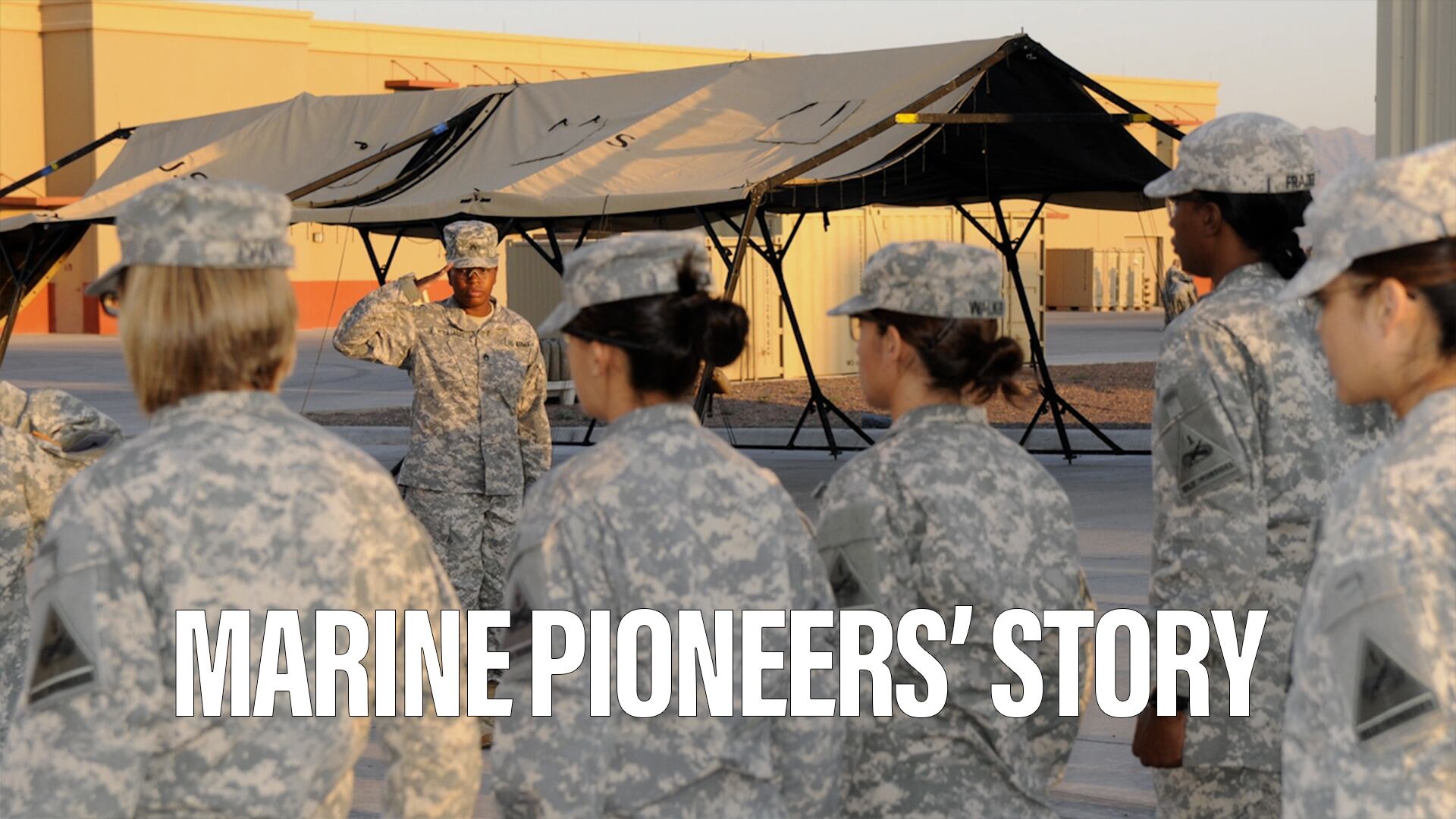ROCKHAMPTON, Australia — Five years after its arrival in the Indo-Asia-Pacific, the Bell-Boeing MV-22B Osprey tiltrotor is proving to be an integral part of operations for forward-deployed U.S. Marines in the region.
Defense News went on board the U.S. Navy helicopter assault ship Bonhomme Richard during the recently concluded exercise Talisman Saber in Australia, where the Osprey played a major role in supporting the 31st Marine Expeditionary Unit and other elements taking part in the exercise.
The Bonhomme Richard carried 12 Ospreys from the “Dragons” of Marine Medium Tiltrotor Squadron (VMM) 265 at the exercise, while the Marines of the 31st MEU were spread among the three ships of the Bonhomme Richard Amphibious Ready Group, made up of the amphibious dock landing ship Ashland and amphibious transport dock ship Green Bay.
According to VMM-265 pilot Capt. Charles Randolph, the Osprey’s main role at Talisman Saber was troop transport for ground assaults, operating either from the ships or as part of shore-based detachments. This included combined air assaults with U.S. Army and Australian helicopter assets also at the exercise, with the Osprey’s speed used to good effect to move troops around when conducting rapid flanking maneuvers on the ground.
Randolph praised the Australian forces with whom the Marines exercised, telling Defense News that “everything that we‘ve been doing with the Australians — extremely professional, they’re highly knowledgeable and very good at what they do.” The pilot also reveled in the vastness of the training areas available where the Ospreys “have lots of room to maneuver, and it lets us use the aircraft to maximize its capabilities” compared to the smaller and more restrictive training areas in Japan.
[Osprey operations resume in Japan after crash]
Another Pacific-based Marine Osprey squadron, VMM-268, currently has four aircraft assigned to the Marine Rotational Force — Darwin as part of the annual six-month, dry-season Marine rotation to northern Australia. The Ospreys left their base at Marine Corps Base Hawaii on April 19, 2017, and flew approximately 6,000 miles in about 21 hours, making scheduled stops at Wake Island and Guam.
That mission marked the first time ever the Osprey made a trans-Pacific flight, and it was achieved with support from Marine KC-130J Hercules tankers. According to Marine Corps Forces Pacific, self-deploying the Ospreys saved the Marine Corps the four to six weeks it would have taken to transport them using contracted shipping.
VMM-265 is one of two Marine Osprey squadrons forward-deployed in Okinawa, Japan, along with the 31st MEU, while the ships of the Bonhomme Richard Amphibious Ready Group are also stationed in Japan at Sasebo. The squadron was the first in Okinawa to swap out its CH-46 Sea Knight helicopters for the Osprey in 2014, the squadron and has taken part in a number of real-world operations since that time.
[The Marines Are Testing New Weapons on MV-22 Ospreys]
Col. Tye Wallace, commanding officer of the 31st MEU, told Defense News that “the Osprey gives us the ability to respond quickly over vast distances”, allowing the MEU to carry out its role as the U.S. military’s 24/7 crisis response force in the region.
Wallace also noted that the increased speed and the extended range of the Osprey over helicopters has changed the game a lot, adding that “what that allows us to do throughout this region is to allow us to get to places faster, to have a bigger influence if we have to do operations or missions all organically where we don’t have to rely on ships for help.”
He cited the aftermath of the earthquake which hit the Kumamoto region of southern Japan in April 2016, where the Marines rapidly turned around Ospreys training in the Philippines and flew more than 900 miles to Okinawa, refueled and flew a further 400 miles to the affected region to assist in relief efforts without needing ship or tanker support as a demonstration of its capabilities.
Mike Yeo is the Asia correspondent for Defense News.








